Properties
| Storage Buffer | PBS pH 7.4, 50% glycerol, 0.09% sodium azide *Storage buffer may change when conjugated |
| Storage Temperature | -20ºC, Conjugated antibodies should be stored according to the product label |
| Shipping Temperature | Blue Ice or 4ºC |
| Purification | Peptide Affinity Purified |
| Clonality | Polyclonal |
| Specificity | Detects 55.7 kDa. |
| Cite This Product | PIK3CA Antibody (StressMarq Biosciences | Victoria, BC CANADA, Catalog# SPC-741, RRID: AB_2706509) |
| Certificate of Analysis | A 1:1000 dilution of SPC-741 was sufficient for detection of PIK3CA in 15 µg of mouse brain cell lysates by ECL immunoblot analysis using goat anti-rabbit IgG:HRP as the secondary antibody. |
Biological Description
| Alternative Names | Phosphatidylinositol 4,5-bisphosphate 3-kinase catalytic subunit alpha isoform, PI3K alpha, PI3K-alpha, PI3K, p110 alpha, p110alpha, PI3 kinase subunit alpha, PI3 kinase p110 subunit alpha, PtdIns 3 kinase subunit p110 alpha, PtdIns-3-kinase subunit p110-alpha, PtdIns-3-kinase subunit alpha, PIK3CA, EC:2.7.1.153, EC:2.7.11.1, PI 3 Kinase catalytic subunit alpha, Phosphoinositide 3 kinase catalytic alpha polypeptide, PtdIns 3 kinase regulatory subunit alpha, Phosphatidylinositol 3 kinase regulatory subunit polypeptide 1, GRB1, Phosphoinositide 3 kinase regulatory subunit 1 (alpha), Phosphatidylinositol 3 kinase regulatory subunit p85 alpha, Phosphatidylinositol 3 kinase regulatory 1, PIK3R1, PI3-kinase subunit alpha, Phosphatidylinositol 3 kinase catalytic 110 KD alpha, PI3 kinase regulatory subunit alpha, p85 alpha, PI3Kalpha, Phosphoinositide 3 kinase regulatory subunit 1, MGC142161, MGC142163, Serine/threonine protein kinase PIK3CA, 5-bisphosphate 3-kinase catalytic subunit alpha isoform, Phosphatidylinositol 3 kinase associated p 85 alpha, p85, Phosphatidylinositol 3 kinase 85 kDa regulatory subunit alpha, PI3 kinase subunit p85 alpha, PtdIns 3 kinase subunit alpha |
| Research Areas | Cancer, Immunology, Innate Immunity, Oncoproteins, TLR Signaling, Tumor Biomarkers |
| Accession Number | NP_006209.2 |
| Gene ID | 5290 |
| Swiss Prot | P42336 |
| Scientific Background |
PIK3CA encodes the catalytic subunit p110α of phosphoinositide 3-kinase (PI3K), a central component of the PI3K/AKT/mTOR signaling pathway. This pathway is essential for regulating cell growth, metabolism, survival, and synaptic plasticity in the nervous system. While PIK3CA is well-characterized in oncology, its emerging role in neurodegenerative disease is gaining increasing attention. In neurons, PIK3CA activity supports axonal growth, dendritic arborization, and resistance to oxidative stress. Dysregulation of PI3K signaling—whether through genetic mutations, altered expression, or upstream receptor dysfunction—can impair neuronal survival and contribute to synaptic degeneration. In Alzheimer’s disease, reduced PI3K/AKT signaling is associated with increased tau phosphorylation, amyloid-beta toxicity, and impaired autophagy. Conversely, hyperactivation of this pathway has been linked to aberrant protein synthesis and neurodevelopmental disorders. PIK3CA also modulates neuroinflammatory responses by influencing microglial activation and cytokine production. Its role in maintaining blood-brain barrier integrity and regulating neuronal-glial interactions further underscores its relevance in neurodegenerative pathology. Therapeutic strategies targeting PIK3CA and its downstream effectors are being explored to restore cellular homeostasis, enhance neuroprotection, and slow disease progression. As a master regulator of neuronal resilience, PIK3CA represents a promising biomarker and intervention point in the treatment of neurodegenerative diseases. |
Product Images
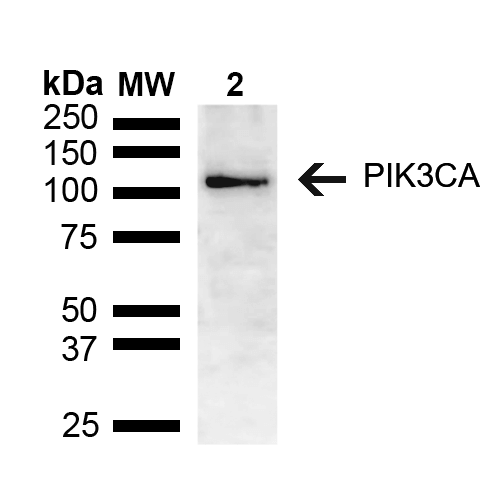
Western blot analysis of Mouse brain lysate showing detection of ~55.7 kDa PIK3CA protein using Rabbit Anti-PIK3CA Polyclonal Antibody (SPC-741). Lane 1: Molecular Weight Ladder (MW). Lane 2: Mouse brain lysate. Load: 15 µg. Block: 5% Skim Milk in 1X TBST. Primary Antibody: Rabbit Anti-PIK3CA Polyclonal Antibody (SPC-741) at 1:1000 for 2 hours at RT. Secondary Antibody: Goat Anti-Rabbit HRP:IgG at 1:3000 for 1 hour at RT. Color Development: ECL solution for 5 min at RT. Predicted/Observed Size: ~55.7 kDa.

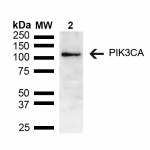
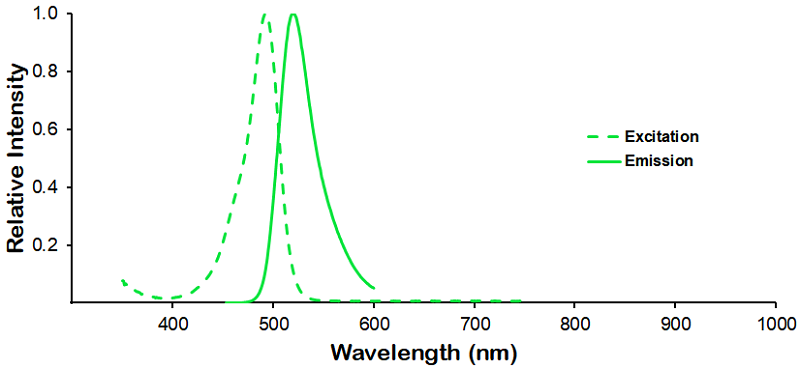
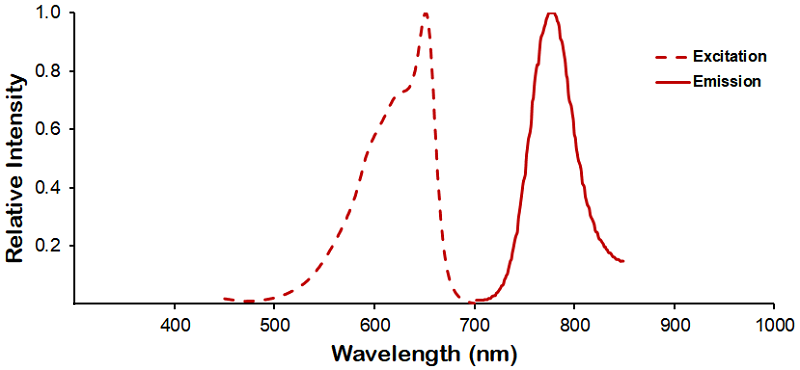
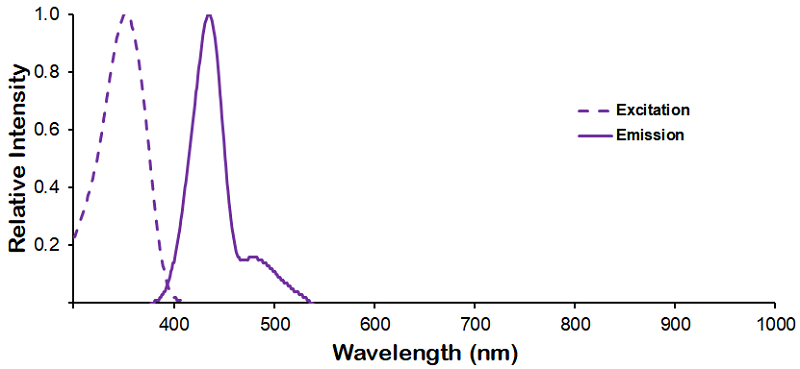
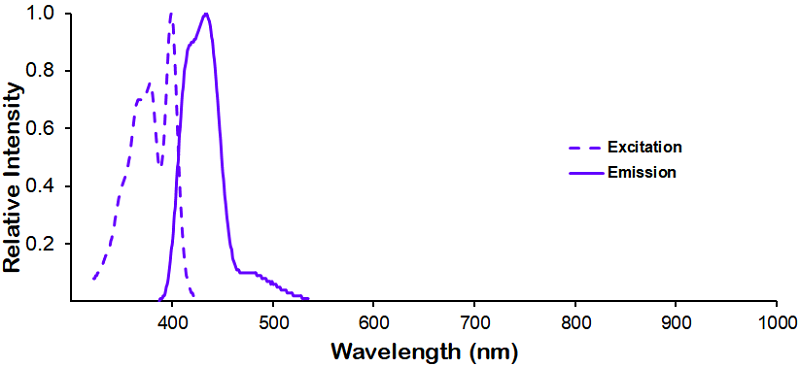
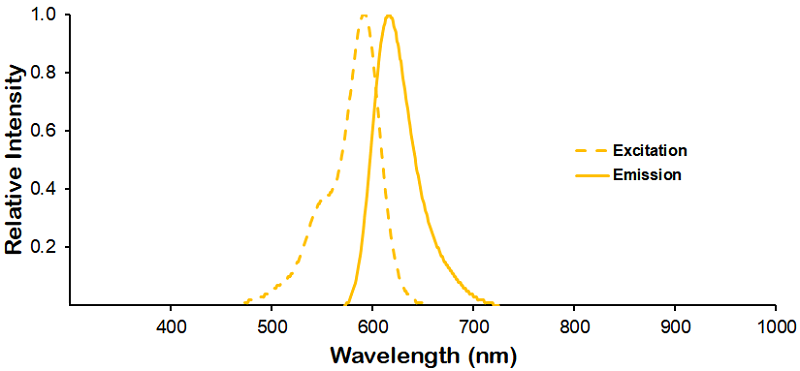
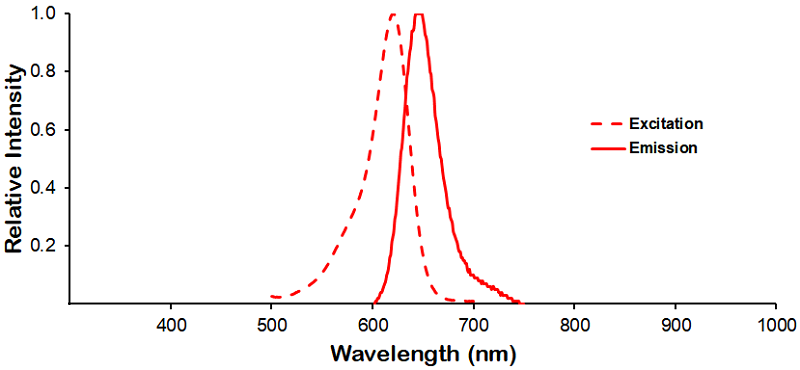
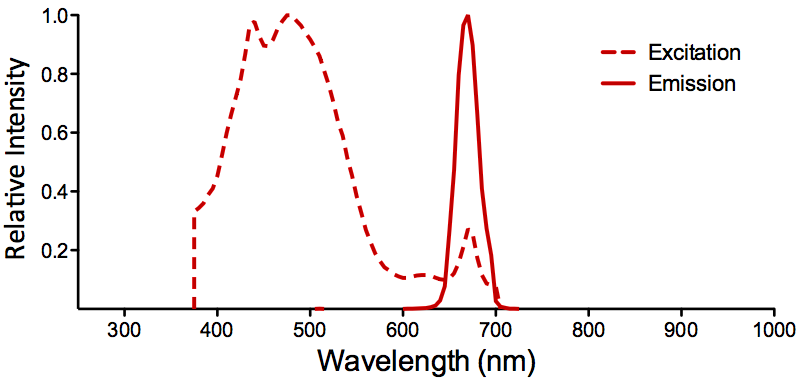
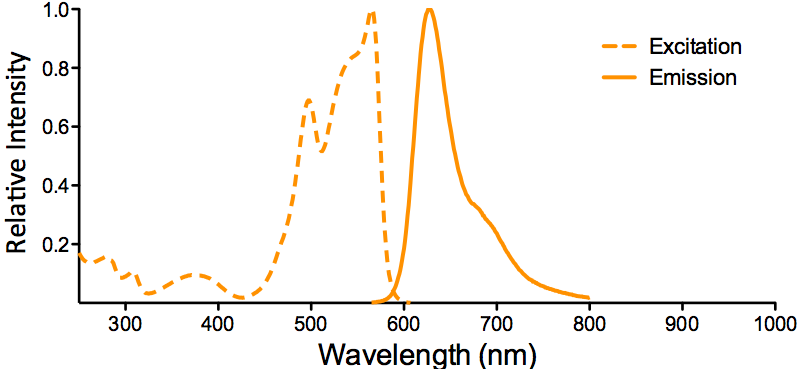
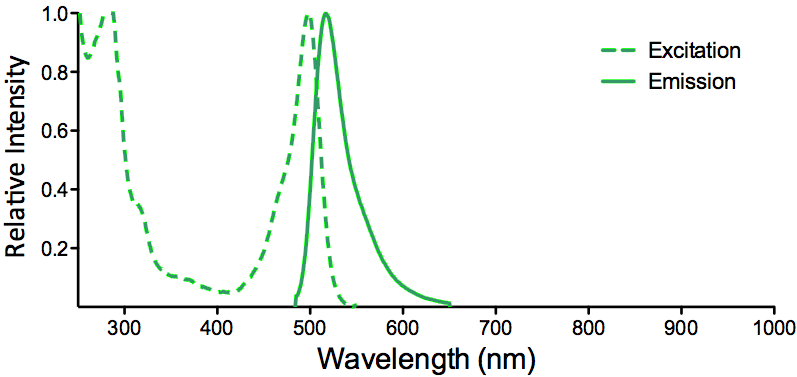
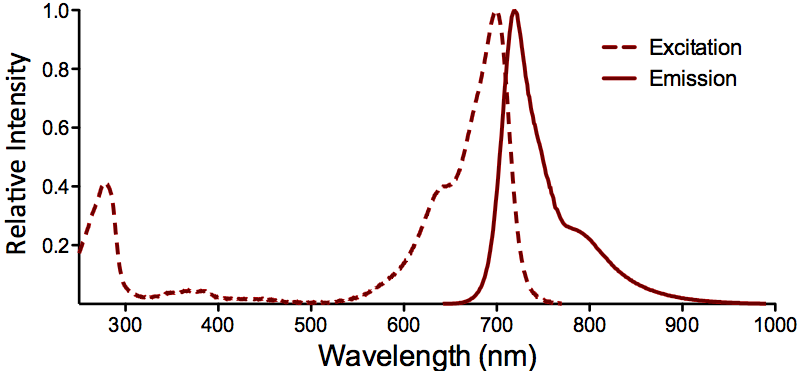
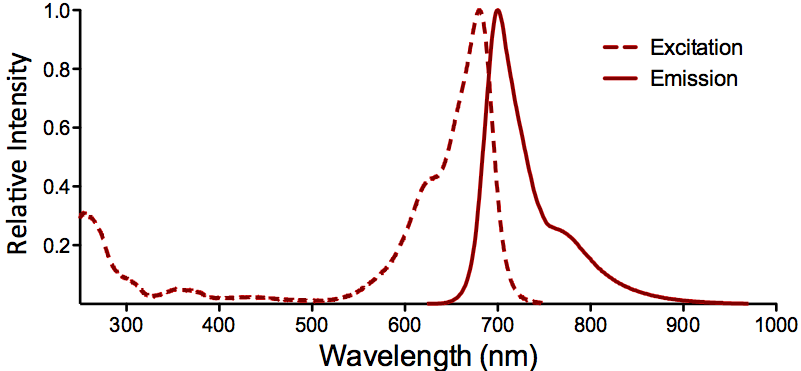
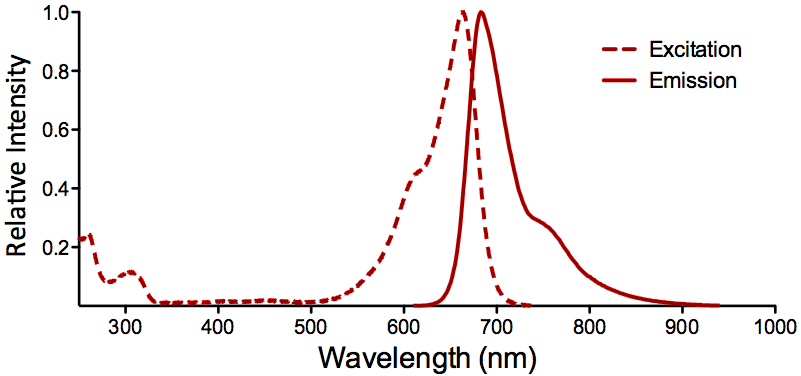
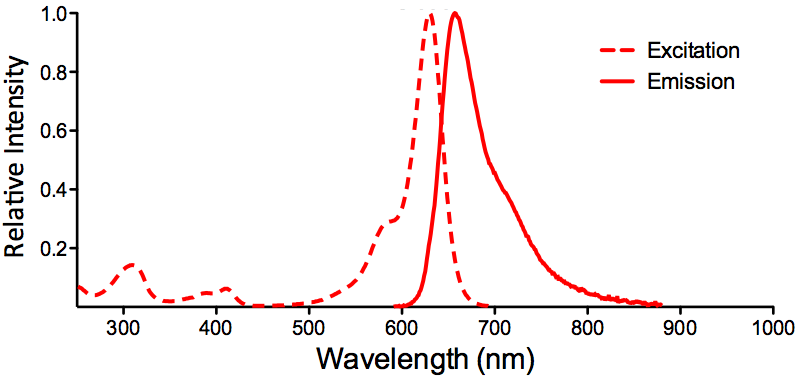
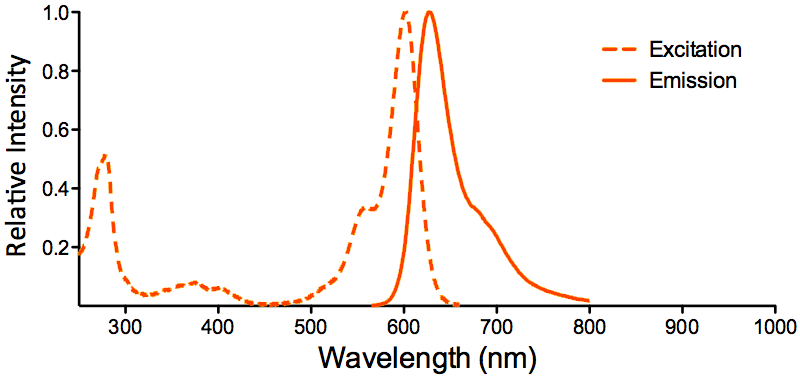
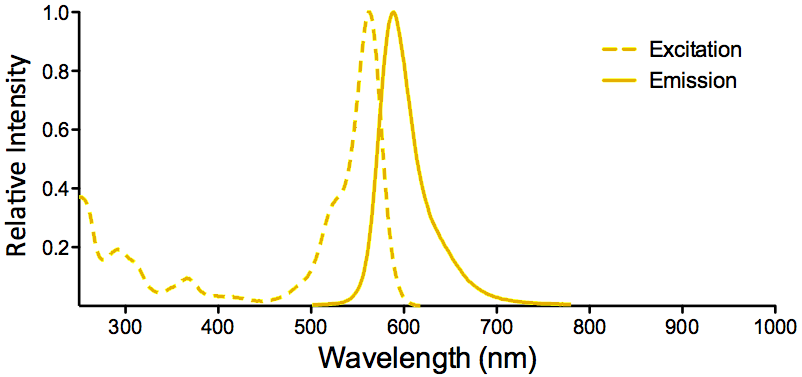
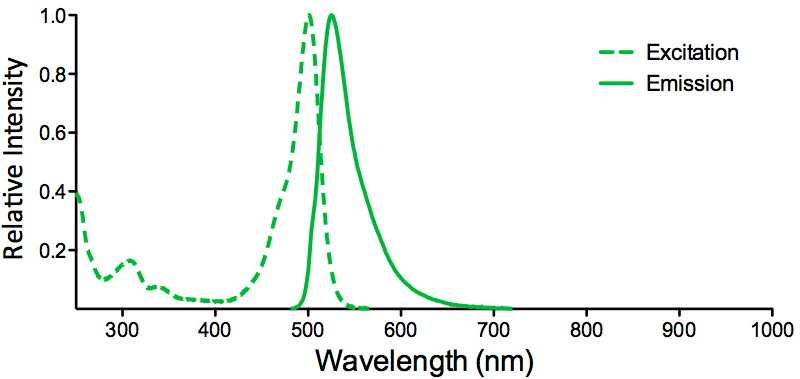
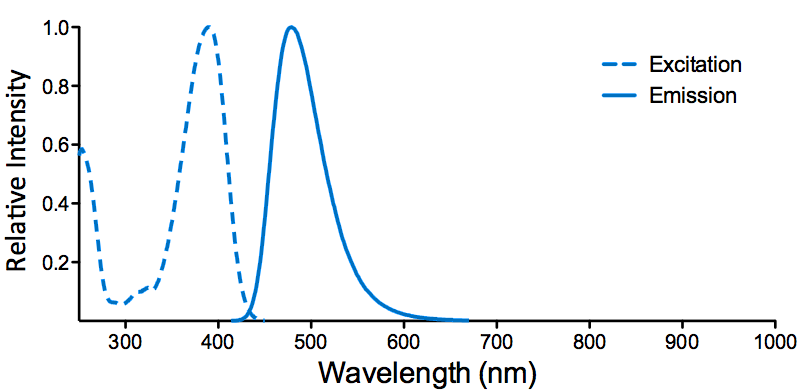
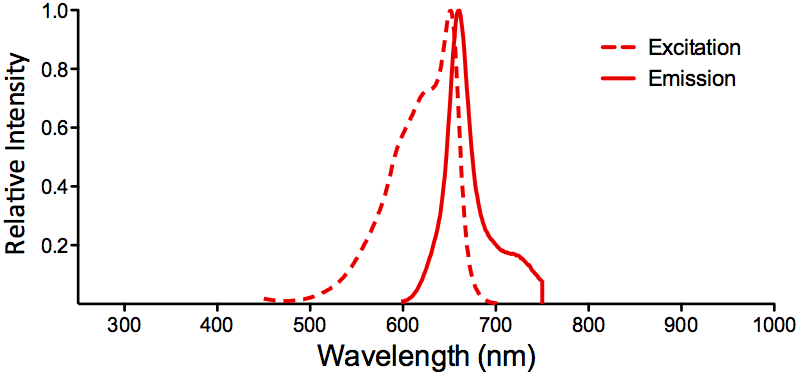
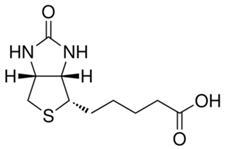
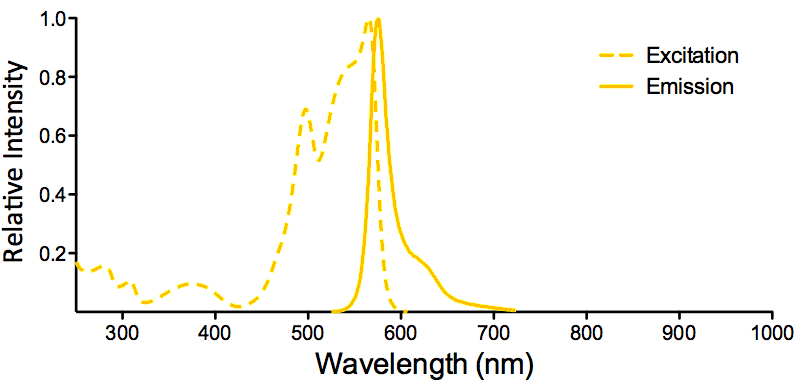
Reviews
There are no reviews yet.